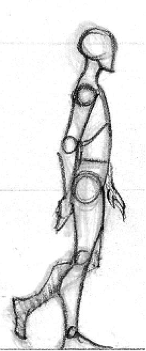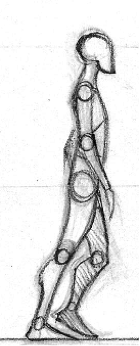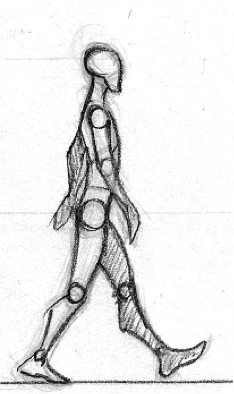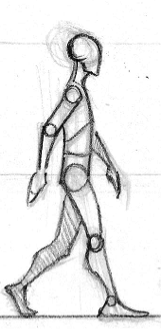Requirements for Quality Gait Function
In simple terms, gait is the process of how you walk. You don’t think about it much, if at all, but something happens to each foot while you are walking. Any dysfunctional movement in this cycle may lead to a loss of balance, falls and even chronic pain. Tai Chi is highly recommended to recognize each part of your gait cycle and how to make corrections where necessary. The following are the requirements for a quality gait cycle:
1. Weight shifts: Allow your skeletal structure to support the weight shift and the muscular system to create and stabilize the lateral shift away from center.
2. Weight acceptance:As the lateral weight shift stabilizes the left foot begins to peel up allowing time for increased postural awareness and stable weight acceptance. This is preparation for single leg stance and a change in base of support.
3. Single leg stance:As the left foot leaves the ground right single leg stance is required to allow for left leg swing through. Requirements are core strength, postural endurance and the ability to hold quadriceps and hip extensors in a stable co-contraction as the center of gravity is elevated.
4. Swing through:As right single leg stance is achieved the left hip, knee and foot are required to flex sufficiently to clear the floor, allowing for the swing thru phase and preparing for the next step.
5. Heel Strike:As the left leg completes the swing through the heel must touch the ground first to allow for sufficient step length and to give the important proprioceptive feedback needed for balance.. This requires sufficient ankle dorsiflexion to pull the foot up and full knee extension to place the heel down. The opposite leg must maintain a stable stance and control the drop of the center of gravity during heel strike.
6. Roll Through and Push Off:After the heel strike is achieved the forward motion propels
us into the roll through and push off phase of our step. Requirements are foot flexibility, ankle range of motion, hip extension, calf strength and core control of forward momentum.
© All rights reserved Tai Chi for Health www.taichiforhealth.net








